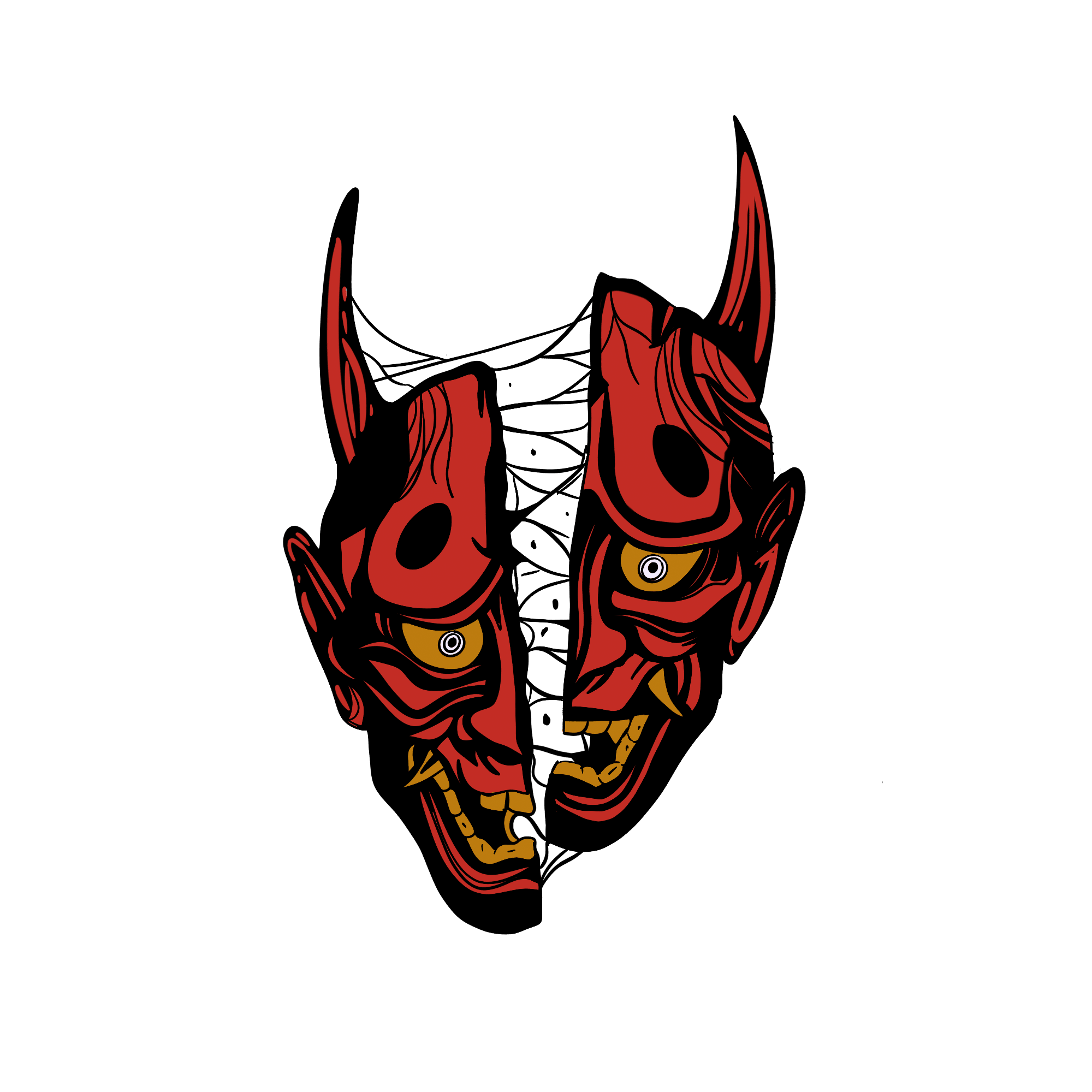Agathodemon Egyptian Demon


In the pantheon of ancient Egyptian mythology, amidst the myriad gods and goddesses, there exists a lesser-known figure that has intrigued scholars and enthusiasts alike. This enigmatic entity is Agathodemon, a demon with a rather unique role in the Egyptian belief system. Unlike the malevolent connotations often associated with demons, Agathodemon is known as a benevolent spirit, associated with protection and prosperity.
The name "Agathodemon" is derived from two Greek words: "agathos," meaning "good," and "daimon," meaning "spirit" or "demon." This etymology alone suggests a fundamentally positive and protective nature. Agathodemon was considered a guardian spirit, often associated with households and families.
In Egyptian mythology, Agathodemon was believed to protect homes from malevolent forces and bring blessings to those who revered and honored him. Households would often have small figurines or amulets depicting Agathodemon as a protective talisman. These amulets were believed to ward off evil and ensure the well-being of the inhabitants.
Beyond its protective role, Agathodemon was also associated with prosperity and fertility. The demon was often invoked to bless agricultural endeavors, ensuring bountiful harvests. Ancient Egyptians believed that invoking Agathodemon's favor could bring forth abundance and success in various aspects of life, including agriculture, commerce, and family matters.
To gain the favor of Agathodemon, ancient Egyptians conducted rituals and made offerings to honor this benevolent demon. Offerings often included food, incense, and other items of significance. These rituals were performed with the hope of receiving protection and blessings from Agathodemon.
The symbol most closely associated with Agathodemon is the ouroboros, an ancient symbol depicting a serpent or dragon eating its own tail. The ouroboros represents the cyclical nature of life, death, and rebirth, and it was believed to have a protective and transformative power. It is not uncommon to find the ouroboros alongside depictions of Agathodemon in ancient Egyptian art and amulets.
While Agathodemon holds a unique and fascinating place in ancient Egyptian mythology, much about this benevolent demon remains shrouded in mystery. Unlike some of the more prominent Egyptian deities, Agathodemon's mythology is not as well-documented, and there are limited surviving texts or inscriptions that provide detailed information about this entity.
One possible reason for the scarcity of information is that Agathodemon may have been a local or household deity, with his significance varying from region to region. It is also possible that Agathodemon's role was more prevalent in oral traditions, making it challenging to reconstruct a comprehensive narrative.
Agathodemon, the Egyptian demon of beneficence, offers a captivating glimpse into the rich and diverse world of ancient Egyptian mythology. In a culture filled with gods and goddesses embodying various aspects of life, Agathodemon stands out as a guardian and bestower of blessings. While many details of Agathodemon's mythology may remain elusive, his enduring association with protection, prosperity, and fertility highlights the importance of benevolent forces in the complex tapestry of ancient Egyptian beliefs. As we continue to unravel the mysteries of this enigmatic figure, we gain a deeper appreciation for the multifaceted nature of ancient Egyptian spirituality.
Demons



